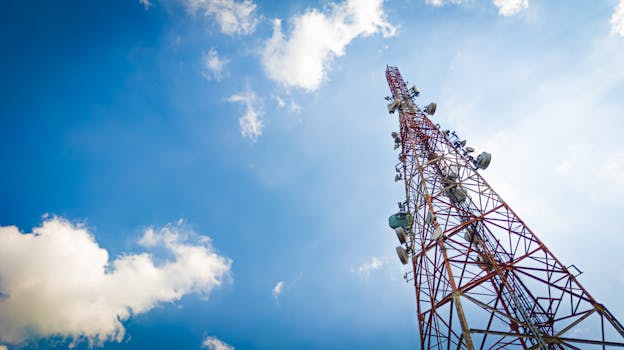GEO Satellites: Understanding the Technology and Applications
GEO satellites, or Geostationary Earth Orbit satellites, are a type of satellite that orbits the Earth at an altitude of approximately 36,000 kilometers, remaining stationary relative to a fixed point on the equator. This unique characteristic allows GEO satellites to provide continuous coverage of a specific region, making them ideal for a variety of applications, including telecommunications, weather forecasting, and Earth observation.
GEO satellites have been in use for several decades, with the first geostationary satellite, Syncom 2, launched in 1963. Since then, the technology has evolved significantly, with modern GEO satellites offering higher bandwidth, improved signal quality, and increased reliability. Today, GEO satellites play a vital role in modern telecommunications, enabling global connectivity, broadcasting, and navigation.
How GEO Satellites Work
GEO satellites operate by transmitting and receiving signals to and from Earth stations, which are typically located on the ground. The satellite acts as a repeater, amplifying the signal and re-transmitting it back to Earth, allowing for communication between two distant points. The geostationary orbit allows the satellite to maintain a fixed position relative to the Earth, ensuring continuous coverage of a specific region.
The process of communicating through a GEO satellite involves several steps. First, a signal is transmitted from an Earth station to the satellite, which receives and amplifies the signal. The satellite then re-transmits the signal back to Earth, where it is received by another Earth station. This process allows for real-time communication between two points, enabling applications such as video conferencing, voice calls, and data transmission.
Applications of GEO Satellites
GEO satellites have a wide range of applications, including telecommunications, broadcasting, navigation, and Earth observation. In the field of telecommunications, GEO satellites provide global coverage, enabling connectivity in remote or underserved areas. They are also used for broadcasting, allowing television channels and radio stations to reach a global audience.
In addition to telecommunications and broadcasting, GEO satellites are used for navigation, providing location information and timing signals for GPS and other navigation systems. They are also used for Earth observation, monitoring weather patterns, tracking climate change, and detecting natural disasters such as hurricanes and wildfires.
Benefits and Challenges of GEO Satellites
GEO satellites offer several benefits, including global coverage, high bandwidth, and reliability. They also provide a cost-effective solution for telecommunications and broadcasting, especially in areas where terrestrial infrastructure is limited or non-existent. However, GEO satellites also face several challenges, including signal latency, interference, and the risk of satellite failure.
Signal latency, also known as delay, occurs due to the distance between the Earth and the satellite, resulting in a delay of approximately 250 milliseconds. This delay can affect real-time applications such as video conferencing and voice calls. Interference, on the other hand, occurs when signals from other satellites or terrestrial sources interfere with the signal transmitted by the GEO satellite.
The risk of satellite failure is another challenge faced by GEO satellites. Satellites are complex systems that can fail due to various reasons, including equipment malfunction, software glitches, or space debris. When a satellite fails, it can result in significant disruption to telecommunications and broadcasting services, highlighting the need for redundant systems and backup plans.

